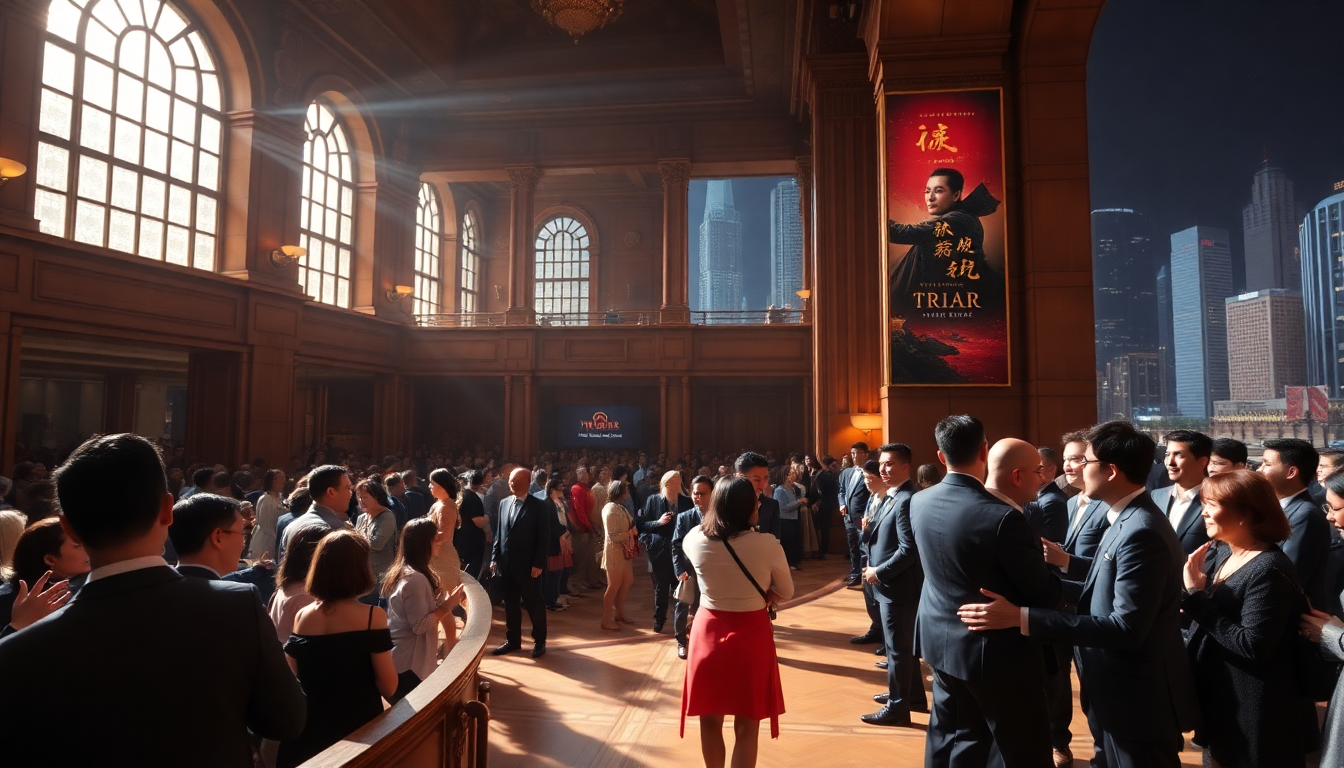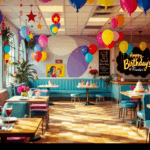Table of Contents
The recent sell-out performance of the Cantonese musical The Impossible Trial has ignited conversations about the future of large-scale theatrical productions in Hong Kong. The enthusiastic reception of this show not only showcases a strong public interest but also raises questions about the infrastructure needed to support such artistic ventures.
While the excitement is undeniable, it prompts us to consider: how can Hong Kong accommodate recurring shows in a city where space is a luxury?
Market Overview and Demand for Theatrical Productions
The overwhelming success of The Impossible Trial is a clear sign that audiences in Hong Kong are hungry for high-quality, large-scale theatrical experiences.
As one of the presenters noted, the triumph of this musical could pave the way for a series of similar productions, enriching the local cultural scene. But why is this happening now? This growing interest reflects not just the artistic value of these shows but also the potential economic boost they could bring to the city.
In the competitive world of theatre, sustainability is key. Striking a balance between artistic vision and financial viability is no easy task. As Paul Tam Siu-man, the executive director for performing arts at the West Kowloon Cultural District, highlights, the feasibility of long-running shows hinges on the ability to recoup initial production costs.
The success of The Impossible Trial has motivated stakeholders to invest in more Cantonese musicals, which could lead to a more vibrant theatrical landscape.
Addressing the Challenges of Space and Storage
One of the biggest hurdles for larger productions in Hong Kong is the issue of space, particularly when it comes to storing stage sets.
With real estate at a premium, the West Kowloon Cultural District recognizes that finding storage solutions is crucial for the future of large-scale theatre. The logistics of storing intricate stage designs require meticulous planning and resource allocation, especially if these productions are to become regular features in local culture.
As Tam explains, the decision to store sets hinges on various factors, including how often performances occur and the investment made in those sets. The reality is that renting storage space can be quite costly, and producers need to balance this against the potential returns from long-running shows. Moreover, the wear and tear on sets may require ongoing investments to ensure that productions maintain their visual appeal and quality.
Future Prospects and Investment Opportunities
Looking ahead, the success of The Impossible Trial could signal the dawn of a new era for the performing arts in Hong Kong. If demand continues to surge, we might see a renaissance of large-scale theatre, bolstered by strategic investments and innovative solutions to logistical challenges. The interplay between art and business will be pivotal in determining whether this trend can maintain its momentum.
As stakeholders delve into new opportunities in this sector, it’s vital to consider the broader implications for cultural growth in Hong Kong. The potential for recurring performances not only enriches the local cultural fabric but also opens doors for economic development, community engagement, and creative expression. By using successful productions as a springboard for future projects, Hong Kong can establish itself as a thriving hub for the performing arts. So, are we ready to embrace this exciting transformation?





